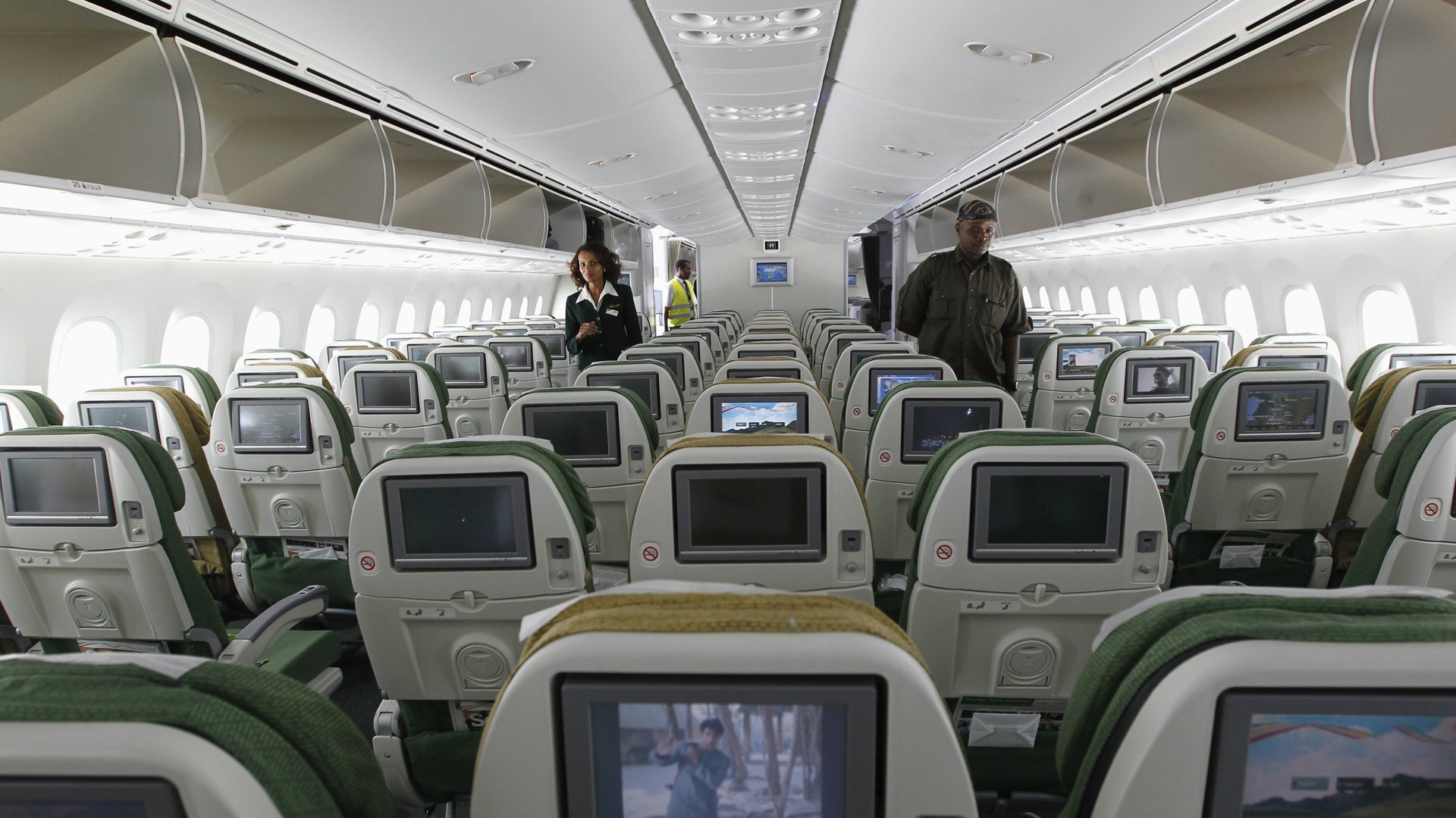More African countries opened up to African travelers in 2017
The difficulties of traveling across Africa as an African has been well-told.


The difficulties of traveling across Africa as an African has been well-told.
Getting a visa to visit another African country has typically meant being buried in a mountain of paperwork and also expensive visa fees. When procured, the visas are typically only for a short duration. Even then, getting the visa isn’t enough to stave off extra hassles at entry points no thanks to the suspicions of immigration officers who sometimes appear bemused that another African is visiting their country as a tourist.
But this year, in line with recommendations by the African Development Bank (AfDB) in its Africa Visa Openness report, more countries have began making it a lot easier for other Africans to visit.
Last month, Kenya announced it will issue visa on arrival to all Africans, as did Namibia. Earlier in February, as part of a wider campaign to improve the ease of doing business, Nigeria relaxed its visa rules and, in addition, the immigration service cut down on paperwork for visitors. Rwanda, already one of the most open African countries, further expanded its global visa-on-arrival policy set to begin next year. These moves follow similar ones made by Ghana and the Republic of Benin last year.
The hope is that even more countries follow suit next year as the African Union (AU) chases its ambitious goal of open travel and, by extension, open trade, across the continent. For its part, the AU launched an electronic pan-African passport last year but it’s currently only available to some government officials.
Apart from the sentimental value of ensuring smoother pan-African travel, making it easier for Africans to travel on the continent also comes with significant upside in form of tourism earnings. The current reality is that the obstacles to traveling around the continent likely present extra motivation for middle-class Africans who can afford leisure travel to plump for Paris or Dubai as destinations over African cities which continue to be a draw for international tourists. Even though the total number of international tourist arrivals to Africa more than doubled between 1995 and 2014, Africans accounted for only four in every 10 visitors—a figure that’s lower than the global average.
Making it easier to procure visas is only one component of boosting travel across Africa though. Governments on the continent will also need to focus on measures to reduce the costs of flights within the continent. One way to do that is to open air routes between several African countries and reduce the high airport taxes and fees which currently make it difficult for several airlines to operate across the continent.
Analysts say the expected boost in job creation and national GDP from more open air routes will prove a bigger benefit than current high taxes. Indeed, a 2014 IAAF study estimates that opening some key routes on the continent, in line with the 1999 Yamoussoukro Declaration (pdf) to liberalize access to air routes, will create more than 150,000 jobs and add $1.3 billion to the continent’s annual GDP.